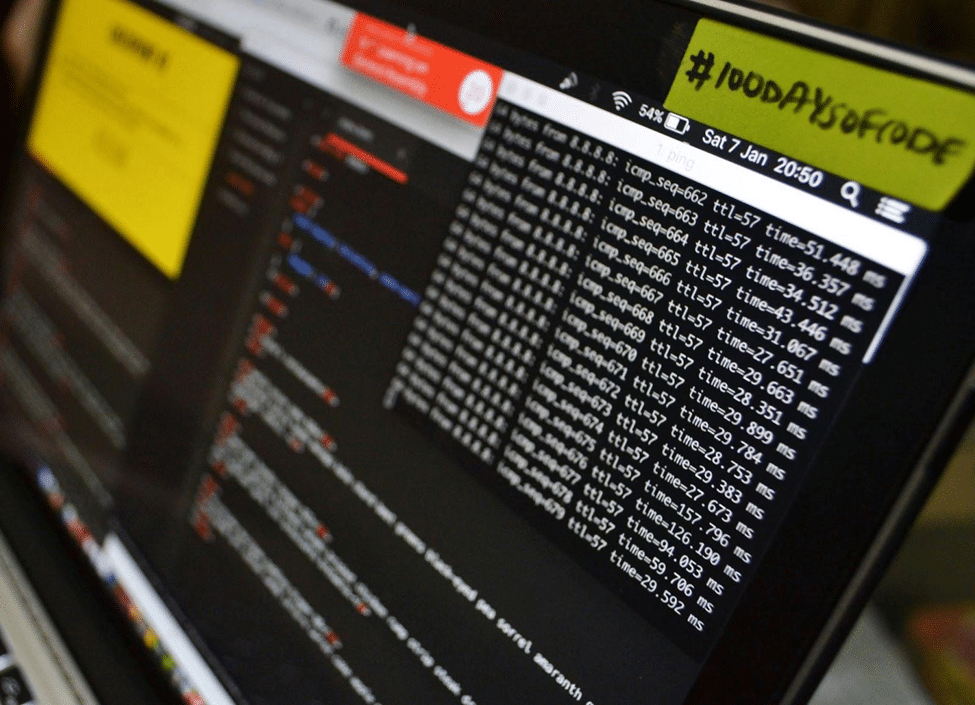Hard pillow to swallow: our devices have become lifelines.
When something goes wrong (like, for example, when you’re suddenly debating how to know if your Mac is hacked), it’s easy to spiral into panic. But just as in any crisis, your soft skills in crisis management can make all the difference. Staying calm, communicating clearly, and problem-solving are all key here.
Let’s dive into how you can handle a Mac hack, and see how you can blend these practical steps with your crisis management skills. And if you’re not sure you’ve got the skills, no worries – we’ll discuss that, too, and also, how to know if my Mac has a virus.
So, Why Soft Skills Crisis Management?
Sure, understanding how to run a virus scan is helpful, but your soft skills in crisis management will guide your actions under pressure. It’s non-debatable that your emotional intelligence, adaptability, and clear communication are invaluable when chaos strikes.
Imagine discovering your Mac is behaving oddly. It’s tempting to panic, but in reality, leadership in crisis management teaches you to pause, assess, and act methodically. It’s so much better to channel calmness and use your critical thinking skills to minimize damage and take charge of the situation!
How to Know If Your Mac Has a Virus or Is Hacked
Thinking, is my Mac hacked? Here are some signs.
● Unusual behavior: Your Mac may slow down, crash, or show strange pop-ups.
● Unknown apps: Unfamiliar software appears and could indicate unauthorized access.
● Network anomalies: A sluggish internet connection or unknown devices on your network might be red flags.
If you’re asking yourself, how to know if my Mac has a virus or is my Mac hacked, start by checking for these signs — it’s super helpful to know this.
An important step toward identifying potential threats is how well you can detect unusual behavior on your Mac. After all, not all unusual actions are indicative of hacking. For example, you may notice that a video is playing in picture-in-picture mode without your knowledge. This may just be the result of you accidentally enabling this feature. This Macbook picture-in-picture mode allows you to view videos in a small window on top of other applications. It is very handy if your work requires you to multitask. Understanding these features of your Mac will help you distinguish between normal functions and potentially malicious activity.
Step-by-Step Crisis Management for a Mac Hack
Here, quick and strategic action is key. Some tips below.
1. Stay Calm and Assess
Panic only clouds judgment. Instead, take a moment to breathe and evaluate the situation. Is your Mac hacked, or is it simply acting up? Recognizing the scope of the problem is your first step in effective crisis management.
2. Disconnect and Contain
To limit the hacker’s reach, disconnect your Mac from the internet immediately. This prevents further unauthorized access. Avoid opening suspicious emails or clicking unknown links to reduce the risk of spreading malware.
3. Notify Relevant Parties
If your Mac is part of a work network, alert your IT department or cybersecurity team. In leadership in crisis management, clear and concise communication is essential. Provide as much information as possible to help experts contain the situation.
4. Begin the Recovery Process
Once the immediate threat is neutralized, focus on recovery. Restore your data from backups and reinstall your operating system if needed. If the problem persists, don’t hesitate to consult a professional to ensure your Mac is secure.
Why Soft Skills Are Key in Crisis Management

Handling a hacked Mac means managing yourself and others during uncertainty. Let’s break down the soft skills in crisis management that can make a difference:
Emotional Regulation. A crisis can trigger anxiety and frustration. Staying level-headed allows you to make sound decisions and tackle the problem systematically.
Adaptability. The nature of cyber threats can evolve quickly. Being flexible in your approach helps you respond effectively to new challenges.
Problem-Solving. Effective crisis skills involve analyzing the situation and identifying the best course of action. You could use your device or seek professional help; in any case, your problem-solving ability is crucial.
Communication. You might be working with IT professionals or explaining the situation to colleagues. Clear communication fosters collaboration and reduces confusion.
How To Get The Skills
Start by sharpening your communication skills; practice staying calm and clear when things go sideways (even if it’s just handling a burnt dinner!). Take up challenges that push you to think on your feet, like problem-solving games or even volunteering in fast-paced environments.
Read up on emotional intelligence and adaptability (these are your secret weapons). And don’t forget, learning from the pros is gold! Take courses, attend workshops, or just watch how calm people around you handle chaos.
What to Do If You Suspect a Hack
● Don’t panic – Stay calm and assess the situation objectively.
● Check for signs – Look for unusual behavior, slow performance, or unauthorized changes.
● Consult expert resources – Refer to the moonlock guide above or detailed guidance on confirming a hack and take appropriate measures.
● Take immediate action – Disconnect your Mac from the internet to prevent further unauthorized access.
● Seek professional help – Expert advice can assist with identifying suspicious activity, recovering your system, and ensuring your device’s security.
Conclusion
Dealing with a hacked Mac is not fun. But it’s an opportunity to put your soft skills in crisis management to the test. Stay calm, act methodically, and communicate effectively to navigate the crisis perfectly. And remember, when in doubt, seek professional help to secure your device and restore peace of mind.














